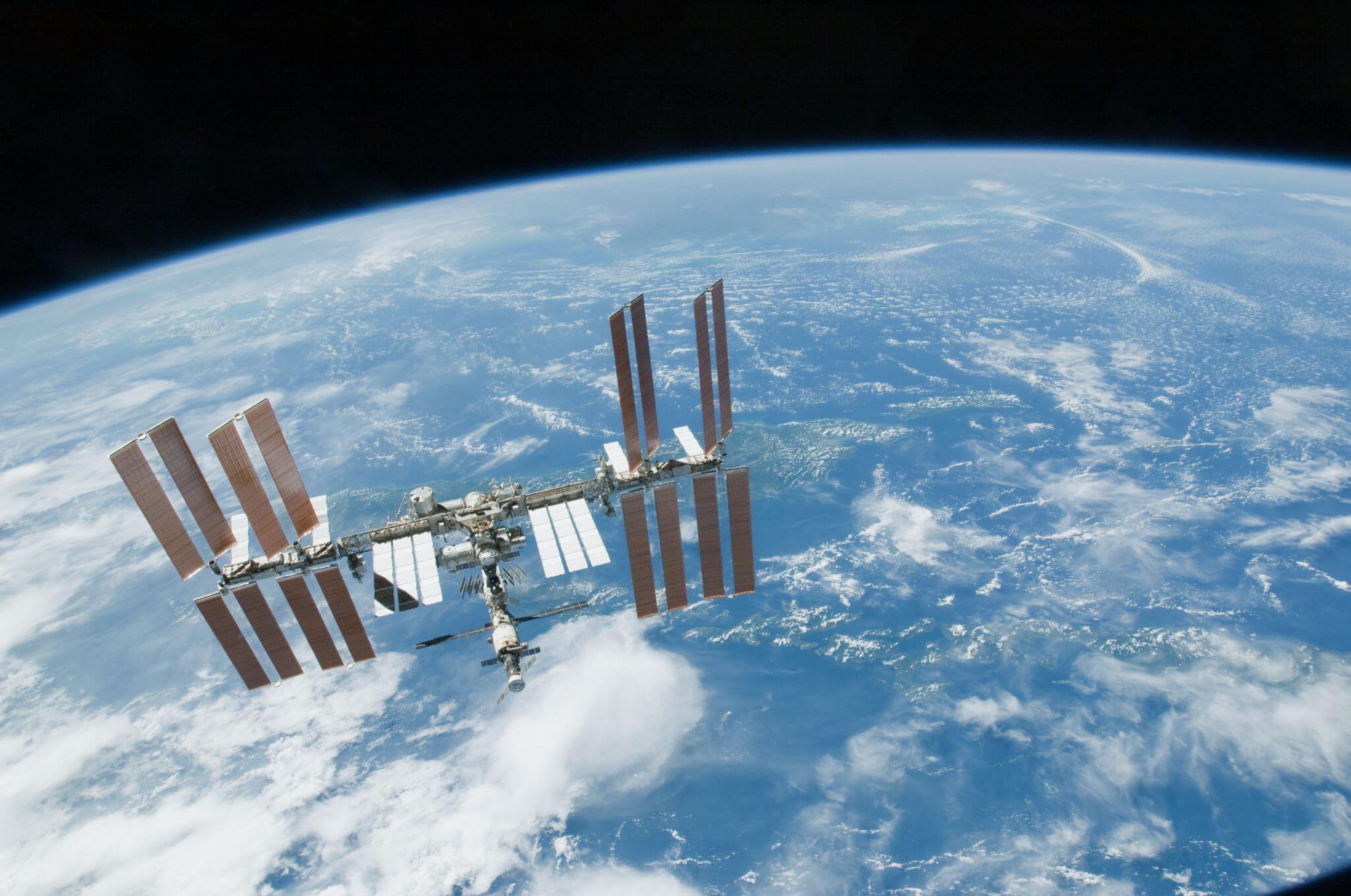An International Launch Services (ILS) Proton Breeze M launch vehicle successfully placed the Inmarsat-5 F1 (I-5 F1) satellite into a super-synchronous geostationarly transfer orbit (GTO) after its launch from the Baikonur Cosmodrome near Tyuratam, Kazakhstan at 1212 GMT on 8 December 2013. The spacecraft is designed to offer the Global Xpress 50Mbps mobile broadband service for Inmarsat customers. The 6 metric ton Inmarsat 5F-1 is te first of three satellites being launched to provide this service. The Breeze M upper stage of the launch vehicle used 5-burn Breeze M sequence to first achieve a parking orbit, move to an intermediate orbit, an initial transfer orbit, and finally to a 65,000 km-apogee super-synchronous transfer orbit. Supersynchronous transfer orbits are ideal for spacecraft needing to reduce their inclinations. By having a higher apogee that the more usual 36,00km apogee for GTO mission, the satelilte requires a lower amount of fuel to revove inclination.
The satellite was manufactured by Boeing Satellite Systems International, Inc. and built on on the BSS-702HP platform/bus design. The Inmarsat 5-F1 satellite has 89 Ka-band fixed beams and 6 steerable ones. Using two solar arrays the spacecraft has a power generating capacity of 15 kilowatts of power at the begining of life to approximately 13.8 kilowatts at the end of its 15-year design life.






